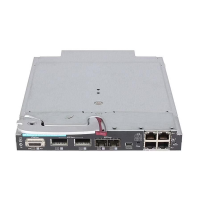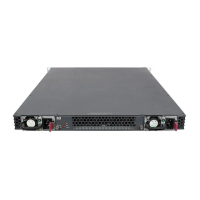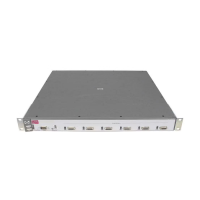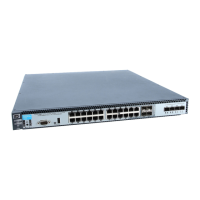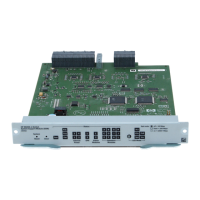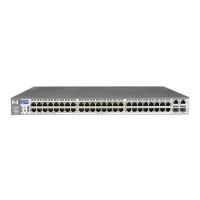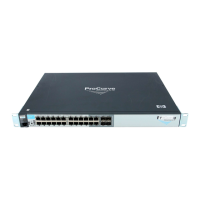8-6
Classifier-Based Software Configuration
Traffic Classes
2. Enter one or more match or ignore commands from the traffic class
configuration context to filter traffic and determine the packets on which
policy actions will be performed.
Context: Class configuration
Syntax: [no] [seq-number ] < match | ignore > < ip-protocol >
< source-address > < destination-address > [ ip-dscp codepoint ]
[ precedence precedence-value ] [ tos tos-value ] [ vlan vlan-id ]
[ seq-number ]
The (optional) seq-number parameter sequentially
orders the match/ignore statements that you enter
in a traffic class configuration. Packets are checked
by the statements in numerical order.
Default: Match/ignore statements are numbered in
increments of 10, starting at 10. To re-number the
match/ignore statements in a class configuration,
use the resequence command (see “Resequencing
Match/Ignore Statements” on page 8-24).
< match | ignore >
Defines the classifier criteria used to determine
which packets belong to the traffic class.
If a packet matches a match criterion, it becomes a
member of the traffic class and is forwarded accord-
ing to the actions configured with the policy com-
mand. If a packet matches an ignore criterion, no
policy action is performed on the packet. You can
enter one or more match/ignore statements in a
traffic class.
To remove a match/ignore statement from a class
configuration, enter the no
< seq-number > command
or the complete form of a no match ...
or no ignore ...
command.
< ip-protocol >
Specifies an IP protocol to be matched in packet
fields of IPv4 or IPv6 traffic, where ip-protocol is one
of the values described below.
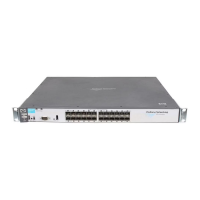
